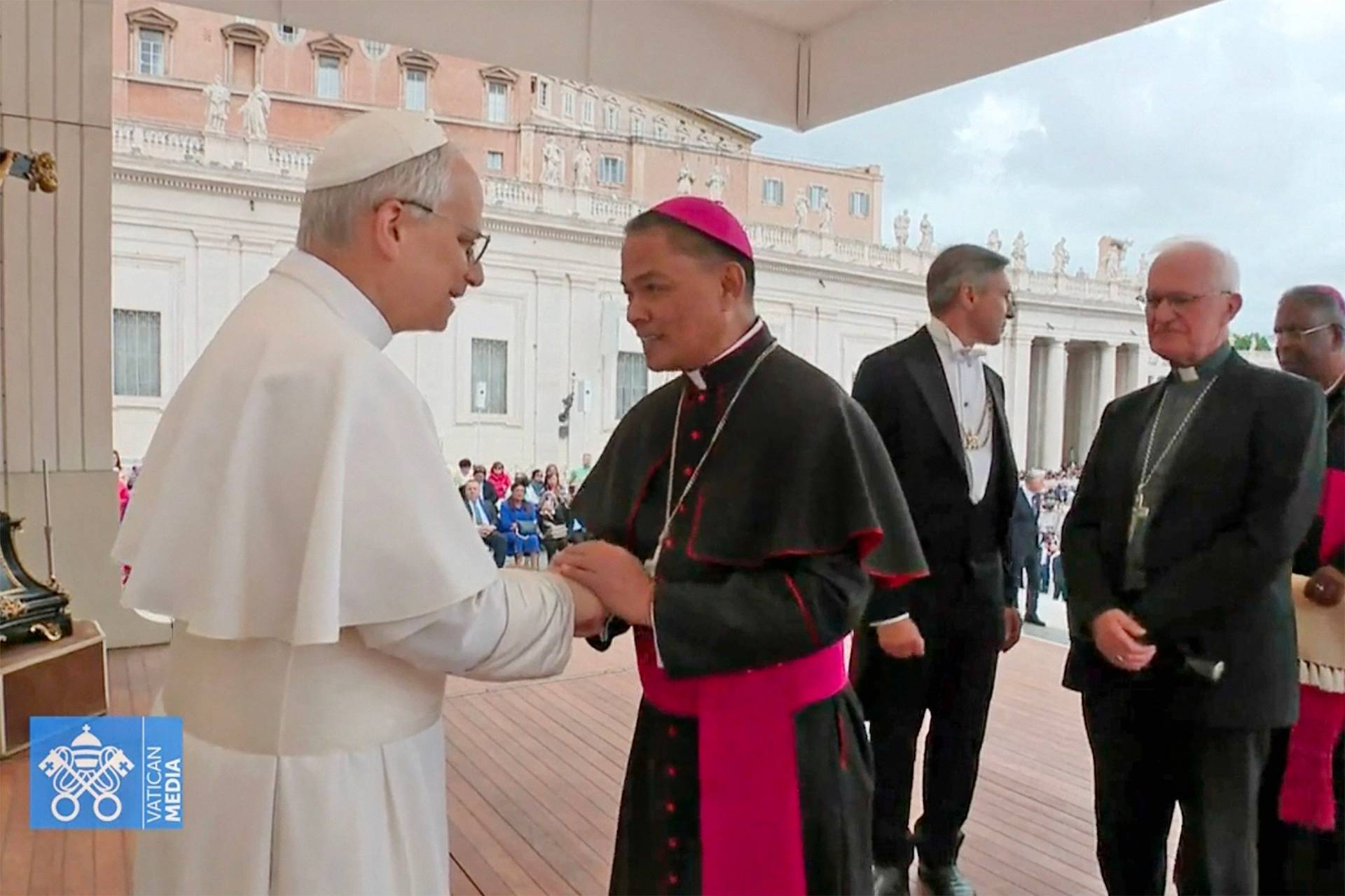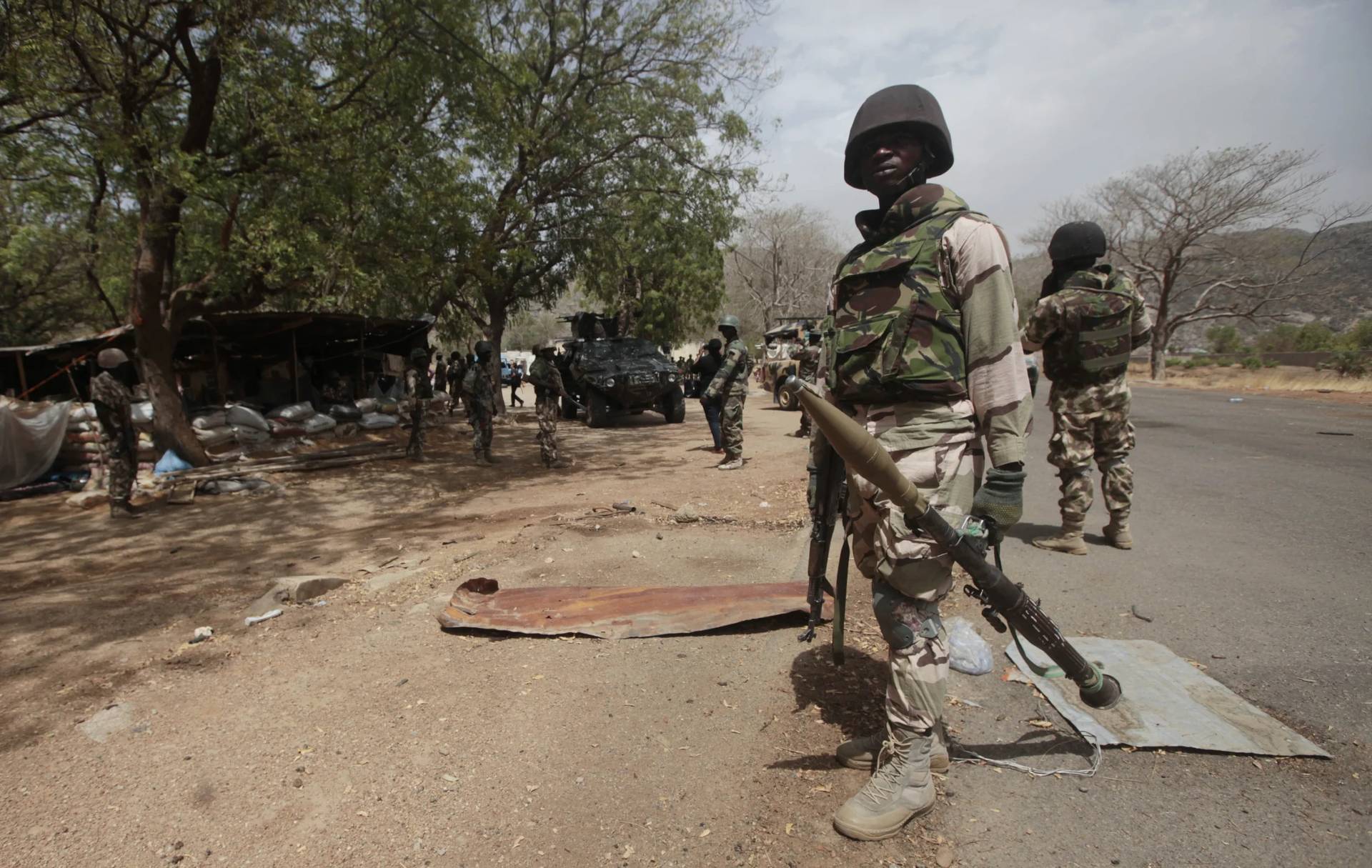ROME — Holy Week is the most sacred period on the Christian calendar, and in the Vatican, it’s also prime time for the pope, meaning one of those periods every year when there are several high-profile ceremonies and the pontiff is regularly in the public eye.
This year, Pope Francis’s Holy Week began a day earlier, with a prayer vigil with youth in Rome’s St. Mary Major basilica on Saturday.
The event, which capped a week-long meeting of laity, priests and bishops from around the world to prepare for the upcoming Synod of Bishops on the Youth and World Youth Day Panama (WYD), included an off-the-cuff speech from Pope Francis.
Among other things, he said that he might not “be around” for WYD, as it’ll take place in 2019.
“We are holding this synod for Catholic youth, but also youth who come from Catholic associations, so then it’s stronger? No. This synod is a synod for all youth!” the pope said.
“Young people are the protagonists,” he said, explaining that this includes agnostics, those who are far from the Church or struggle with their faith, and even those who consider themselves atheists.
On Sunday, as twin bomb blasts erupted in two Coptic churches in Egypt, Francis celebrated the classic Palm Sunday Mass in St. Peter’s Square. With over 50,000 faithful participating, he decried the suffering of those affected by war and terrorism.
Later in the week, Pope Francis will begin Holy Thursday celebrations by preceding the Chrism Mass. Celebrated by bishops around the world, it brings together entire dioceses, including the bishop, priests, deacons, and lay faithful.
During this ceremony, the bishop blesses the holy oils that will be used throughout the year. It’s also an opportunity for priests and deacons to renew their promises to serve God and his people.
In the case of Rome, thousands of priests including local clergy, as well as those studying here or just visiting, will attend the Mass in St. Peter’s Basilica.
Francis will close the day celebrating the Mass of the Last Supper. As has been the case since he was appointed archbishop of Buenos Aires, he’ll use this opportunity to share a private moment with those who live on the “outskirts of society.”
This time, it’ll be in the Paliano prison, a maximum security facility located south of Rome, used to house members and associates of organized crime groups. The chaplain at the prison, Father Luigi Paoletti, has said that the inmates have a special appreciation for the pope, and have been trying to get him to visit for years.
The inmates of Paliano are known as “collaborators of justice,” because they cooperate with anti-mafia forces in exchange for reduced sentences.
During this visit, Francis will wash the feet of 12 inmates. The Vatican hasn’t released information about them yet, but in the past three years it’s included both men and women, and not all of them Catholic.
Since the gesture of the celebrant washing the feet of 12 members of the congregation represents the Gospel passage which speaks of Jesus doing the same to the apostles, historically only men were included in the ceremony.
However, at the pontiff’s request, the Vatican’s liturgical office changed the rules last year to include women and girls.
On Friday, Francis will again have two major events. During the afternoon Rome time, he’ll lead the celebration of the Lord’s Passion in St. Peter’s Basilica. Good Friday is the only day of the year in which no Latin-rite Catholic Mass is celebrated.
Later in the day, he’ll go to Rome’s Coliseum, from where he’ll lead the faithful in the prayer of the Way of the Cross, with meditations written for the occasion by French biblical scholar Anne-Marie Pelletier, who was awarded the Ratzinger Prize for her contributions to theology in 2014. She’s the fourth woman to write the meditations for the pope’s Via Crucis.
Touching on modern-day issues that range from pedophilia to violence against women, the meditations for the 14 stations have already been released by the Vatican – in Italian only.
The Way of the Cross reflects, through 14 stations, on what happened to Jesus from the moment he was condemned to death by Pontius Pilate until his burial.
In the meditations written by Pelletier, each one of these moments is accompanied by the “terrible march of the suffering that men inflict upon other men.”
In the first station, “Jesus is condemned to death,” she writes: “We claim we’re friends of the good and that we want life. But we’re sinners and accomplices of death.”
Throughout the following 13 stations, the meditations shine a light on the women, children and men “raped, humiliated, tortured, murdered, under every heaven and at any moment in history.” On the “lands of misery and war,” families who’ve been torn apart, inmates who “cry to God” from their prison cells and those who’ve been “sentenced to death.”
It reflects on the migrants who travel in “overloaded boats,” those who are tortured, those torturing others and those who command them.
At the end of the meditation, Francis will deliver his own remarks.
On Saturday afternoon, the pope will lead the vigil Mass, once again in St. Peter’s Basilica. The ceremony will begin with a darkened church, and Francis will head a procession into the silent temple carrying a lone candle, which will be used to light candles held by nearby faithful, who in turn will do the same with those nearby.
Last year, close to 7,000 candles were provided by the Vatican for the event, making the entire basilica twinkle once they were all lit up. This gesture symbolizes the light of Jesus’ resurrection on Easter Sunday.
During the Easter Vigil ceremony, one of the most solemn services on the Christian calendar, the pope also traditionally baptizes a number of people, welcoming them into the faith.
Last but not least, tens of thousands will join him in the square on Easter Sunday morning, where he’ll celebrate Mass. After it, he’ll deliver the Urbi et Orbi blessing, “to the city [of Rome] and to the world.” He’ll deliver it from the Benediction Loggia, meaning the window located right at the center of St. Peter’s Basilica, overlooking the square.
The loggia centrale is rarely used: twice a year, on Christmas Day and Easter Sunday, and when a new pope is announced.
The words the pope offers after the blessing are one of the most anticipated addresses by the pope during the year, because it’s usually a 360-degree review of the global scene, and therefore a good guide to whatever the diplomatic and political concerns of the Vatican are at the present time.
Last year, Pope Francis used this opportunity to denounce brutal crimes and war – the “spiritual and moral abysses of mankind” that provoke hatred and death – and proclaimed that only God’s mercy can save the world.
Seeing the constant rise of anti-Christian violence around the world, including the deadly attack by Islamic State on two Coptic churches in Egypt this Sunday, the pontiff is expected to touch on this issue too. Last year, he invited those persecuted “for their faith and their fidelity to the name of Christ,” to “hear once again the comforting words of the Lord: ‘Take courage; I have conquered the world!’”














